Venomous Creatures invade Virginia! Slight catch… They’re Caterpillars
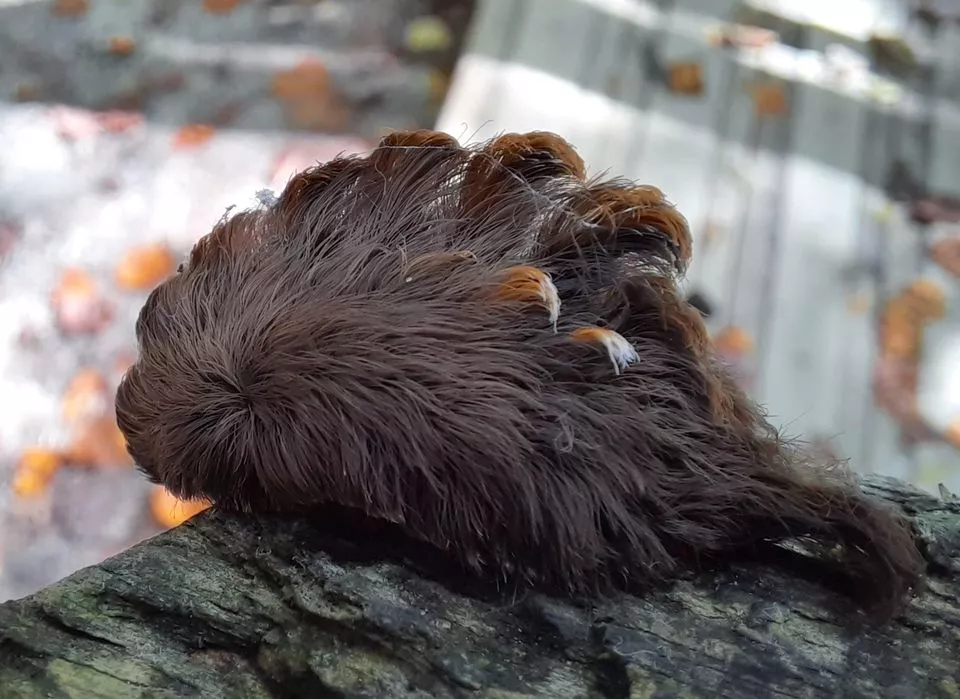
Virginia’s eastern counties have been invaded by venom-packed caterpillars! It sounds like a 1950s monster movie but the story is all too true. Reports of an outbreak are making people’s skin crawl, with the unwanted visitors straying from territories such as Texas and Florida.
The “Puss” caterpillar, resembling cat fluff and often compared to a toupee, packs a powerful punch. In fact it ranks amongst the most venomous in the country. What happens if someone touches it? They receive a mighty sting – the hair contains poison-shooting spines!
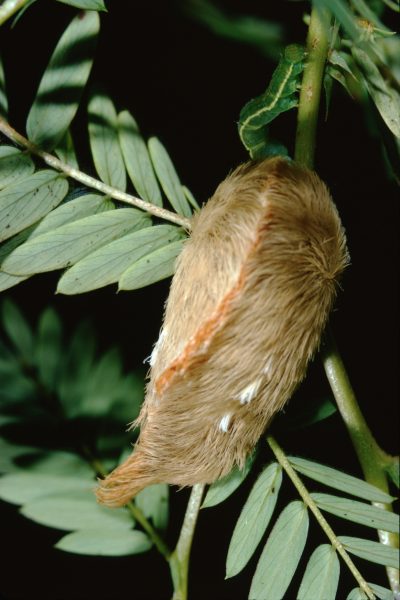
Also known as ‘Megalopyge opercularis’, it reaches approx an inch and a half in length. In time the caterpillars become southern flannel moths. For now, residents are meeting the creatures in their surprisingly dangerous larval stage.
This caterpillar nestles inside the “coat”, poking its head out to feed. Trees like the oak and sycamore form its diet, though humans need to be wary also. Particularly those of the younger variety who think they’re looking at something cute and furry.
New Kent County’s Crystal Spindel Gaston met one in her car. She didn’t notice her fellow passenger until it was too late!
As reported by the Daily Progress, Gaston describes pain “like a scorching-hot knife passing through the outside of my calf”. It was so bad she believed a shard of metal had speared her. Her travel plans changed, with a trip to hospital and a reported 3 day recovery period.
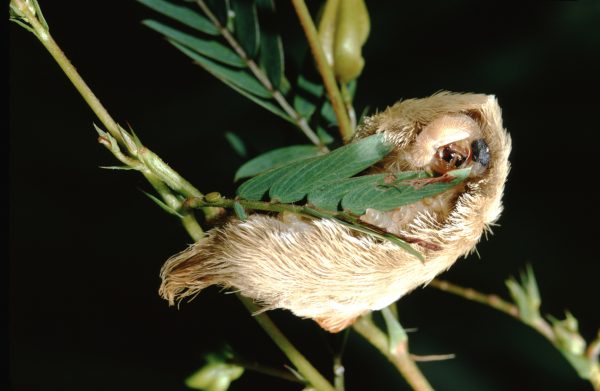
It isn’t irregular to see a Puss in Virginia, yet colossal numbers are making observers anxious. Live Science reports they’ve “been found as far north as New Jersey” before.
Over in the sunshine state, alarming images of teenager Logan Pergola’s arm were posted online by mother Andrea. In addition to the “worst pain he had ever felt”, she says his arm – complete with welt – became numb and he experienced dizziness.
The little fluffball has also made victims vomit! Other symptoms include swollen glands, fever and general shock.
Luckily there are things that can be done following a caterpillar strike. The Mail reports on comments made by Virginia Tech. They advise a combination of washing the infected area, plus the use of ice to cool the skin.
The pharmacist is on hand to dispense aspirin and steroid cream, another key ingredient to tackling a caterpillar calamity. Sticky tape can also save the day, rapidly applied to catch the spines. Remember to strip the tape away quickly though!
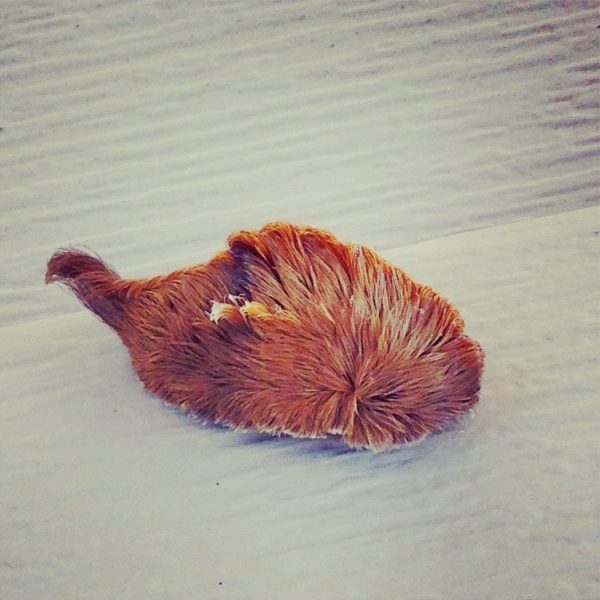
Extra care must be taken if someone is allergic to attacks from the smaller side of nature. Speaking to CNN, Virginia Tech lab diagnostician Theresa Dellinger notes, “If someone is susceptible to bee stings, treat it like one”. Medical treatment is strongly recommended.
Virginia Department of Forestry issued a warning via Facebook earlier in the month, telling the public to “leave it alone and let its natural enemies control their populations”. Should that not work out, authorities are thinking about using pesticides to drive back the wriggling tide of terror.
So what’s caused this unusual outbreak in the state? Signs point to climate change, and the prospect of an ever-warmer planet. That’s just one angle however. Dellinger tells CNN that caterpillars and company go by “cyclical periods”, adding “it’s all about the right time, and the right conditions.”
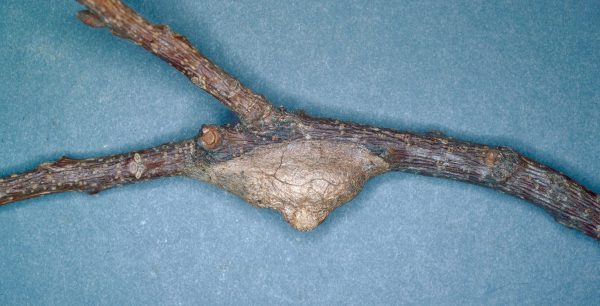
Once the caterpillar has blossomed into a moth, the threat flutters away. The inch-long attention grabber goes from spiny to just plain cuddly. University of Florida’s Featured Creatures website states, “The common name ‘flannel moth’ is due to the thick coating of fur-like setae on the bodies which is predominantly orange on the thorax.” Setae are hair-like structures.
Another Article From Us: Swearing Parrots split up by Zoo Keepers After Egging Each Other on to Cuss
As well as providing a possible storyline for the next Ant-Man movie, the Puss caterpillar reminds people that formidable opponents come in all shapes and sizes…
